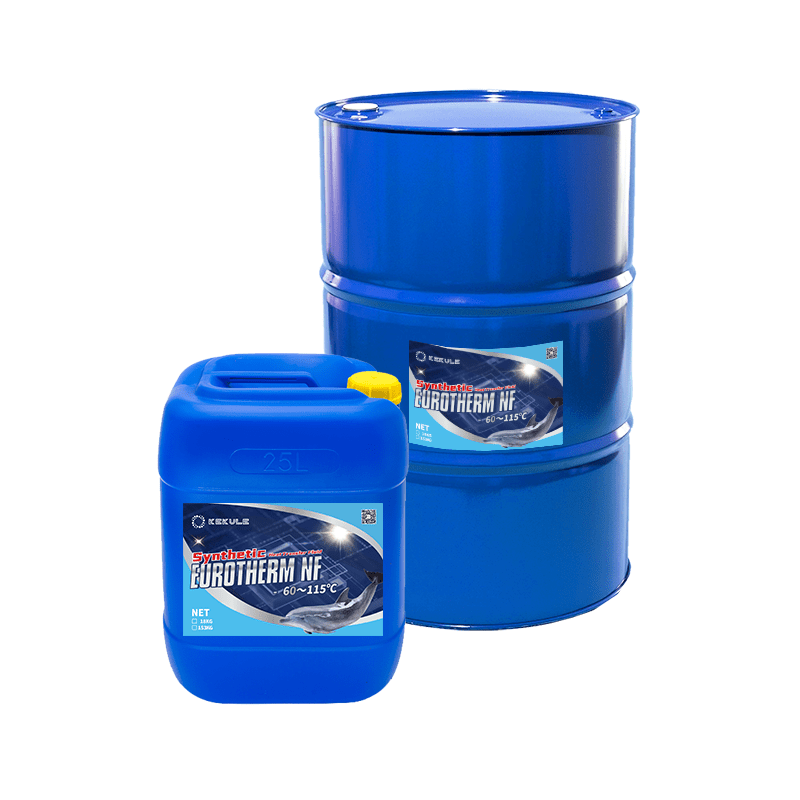The Best Guide To Chemie
Table of ContentsSee This Report on ChemieThe Chemie IdeasChemie for DummiesSee This Report on ChemieRumored Buzz on ChemieChemie Fundamentals Explained
By Bojanna Shantheyanda, Sreya Dutta, Kevin Coscia and David SchiemerDynalene, Inc. Fluid air conditioning, which can be achieved using indirect or direct means, is made use of in electronic devices applications having thermal power thickness that may exceed safe dissipation through air cooling. Indirect liquid cooling is where warmth dissipating digital elements are physically separated from the fluid coolant, whereas in case of straight cooling, the components are in straight contact with the coolant.In indirect air conditioning applications the electric conductivity can be essential if there are leakages and/or splilling of the liquids onto the electronics. In the indirect cooling applications where water based liquids with deterioration inhibitors are generally made use of, the electric conductivity of the liquid coolant primarily depends on the ion focus in the fluid stream.
The boost in the ion focus in a shut loophole liquid stream might happen because of ion leaching from metals and nonmetal parts that the coolant fluid touches with. During procedure, the electric conductivity of the liquid may raise to a degree which could be hazardous for the cooling system.
The smart Trick of Chemie That Nobody is Discussing
(https://lite.evernote.com/note/3d3ec09a-e81d-b543-d9b7-bf30421b11cc)They are grain like polymers that are capable of trading ions with ions in a remedy that it touches with. In today work, ion leaching examinations were done with various steels and polymers in both ultrapure deionized (DI) water, i.e. water which is treated to the highest degree of purity, and low electric conductive ethylene glycol/water mix, with the determined adjustment in conductivity reported over time.
The examples were allowed to equilibrate at room temperature for 2 days prior to taping the preliminary electrical conductivity. In all tests reported in this research fluid electric conductivity was determined to an accuracy of 1% making use of an Oakton disadvantage 510/CON 6 collection meter which was calibrated before each measurement.
8 Simple Techniques For Chemie
from the wall home heating coils to the facility of the furnace. The PTFE example containers were placed in the heating system when steady state temperature levels were reached. The test setup was gotten rid of from the furnace every 168 hours (7 days), cooled down to room temperature with the electric conductivity of the fluid measured.
The electric conductivity of the liquid sample was checked for a total amount of 5000 hours (208 days). Schematic of the indirect shut loophole cooling down experiment set-up. Components made use of in the indirect closed loophole cooling experiment that are in call with the fluid coolant.

Fascination About Chemie
Throughout operation the liquid tank temperature level was preserved at 34C. The modification in liquid electric conductivity was monitored for 136 hours. The liquid from the system was accumulated and stored. Likewise, closed loop test with ion exchange resin was executed with the same cleaning treatments employed. The initial electrical conductivity of the 230ml UP-H2O in the system determined 1.84 S/cm.

0.1 g of Dowex resin was included to 100g of liquid samples that was absorbed a different container. The mix was mixed and change in the electric conductivity at area temperature level was measured every hour. The determined change in the electrical conductivity of the UP-H2O and EG-LC examination liquids including polymer or steel when immersed for 5,000 hours at 80C is shown Figure 3.
The Only Guide to Chemie
Ion seeping experiment: Calculated modification in electric conductivity of water and EG-LC coolants consisting of either polymer or metal samples when submersed for 5,000 hours at 80C. The results suggest that metals added less ions right into the fluids than plastics in both UP-H2O and EG-LC based coolants.
Fluids having polypropylene and HDPE displayed the most affordable electric conductivity changes. This can be as a result of the brief, inflexible, direct chains which are much less likely to add ions than longer branched chains with weaker intermolecular pressures. Silicone additionally performed well in both test liquids, as polysiloxanes are usually chemically inert because of the high bond energy of the you can try this out silicon-oxygen bond which would stop degradation of the material into the liquid.
What Does Chemie Mean?
It would be anticipated that PVC would certainly create similar results to those of PTFE and HDPE based upon the similar chemical structures of the products, however there may be various other impurities present in the PVC, such as plasticizers, that may influence the electric conductivity of the fluid - silicone synthetic oil. Additionally, chloride teams in PVC can additionally seep right into the examination liquid and can trigger a boost in electric conductivity
Polyurethane entirely disintegrated into the examination fluid by the end of 5000 hour test. Before and after photos of steel and polymer samples immersed for 5,000 hours at 80C in the ion leaching experiment.
Calculated change in the electric conductivity of UP-H2O coolant as a function of time with and without resin cartridge in the closed indirect cooling loop experiment. The determined modification in electrical conductivity of the UP-H2O for 136 hours with and without ion exchange resin in the loophole is received Figure 5.